When to prune clematis – how to identify the type you have so you know the right (and wrong!) time to cut it back
Here's how to tell which pruning group your clematis belongs to
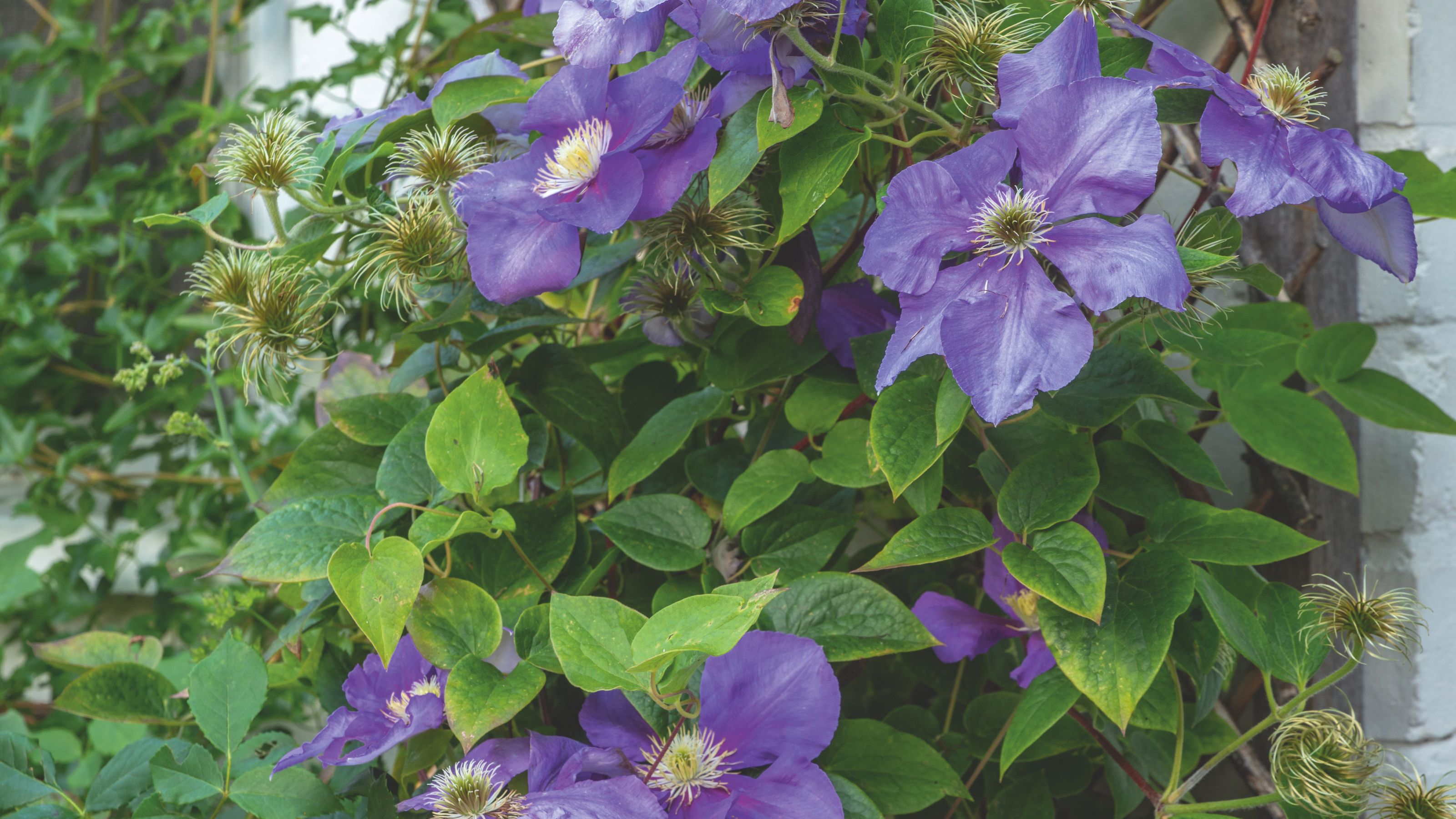

Clematis are a gardener's favourite: they're prolific bloomers, producing flowers in a spectrum of colours and sizes. But knowing when to prune clematis will encourage the best displays every year.
As one of the fastest-growing climbing plants, many varieties of clematis benefit from annual pruning. But when exactly should you be pruning your plants?
Well, it all depends on the type of clematis you have.
'When pruning clematis, it's helpful to categorise them into three distinct pruning groups, based on their flowering time and the age of the flowering wood,' explains Lynne Lambourne, ambassador for GARDENA.

GARDENA sustainability ambassador and warrior on waste, Lynne Lambourne, inspires sustainable living through her gardening. She teaches people to rethink their garden spaces, including using their gardens to grow their own food, increase biodiversity, and help the climate crisis.
So, we thought we'd break it down into each group. We've even asked garden experts to help us identify which pruning group your clematis falls under so you know exactly when to prune clematis in your garden.
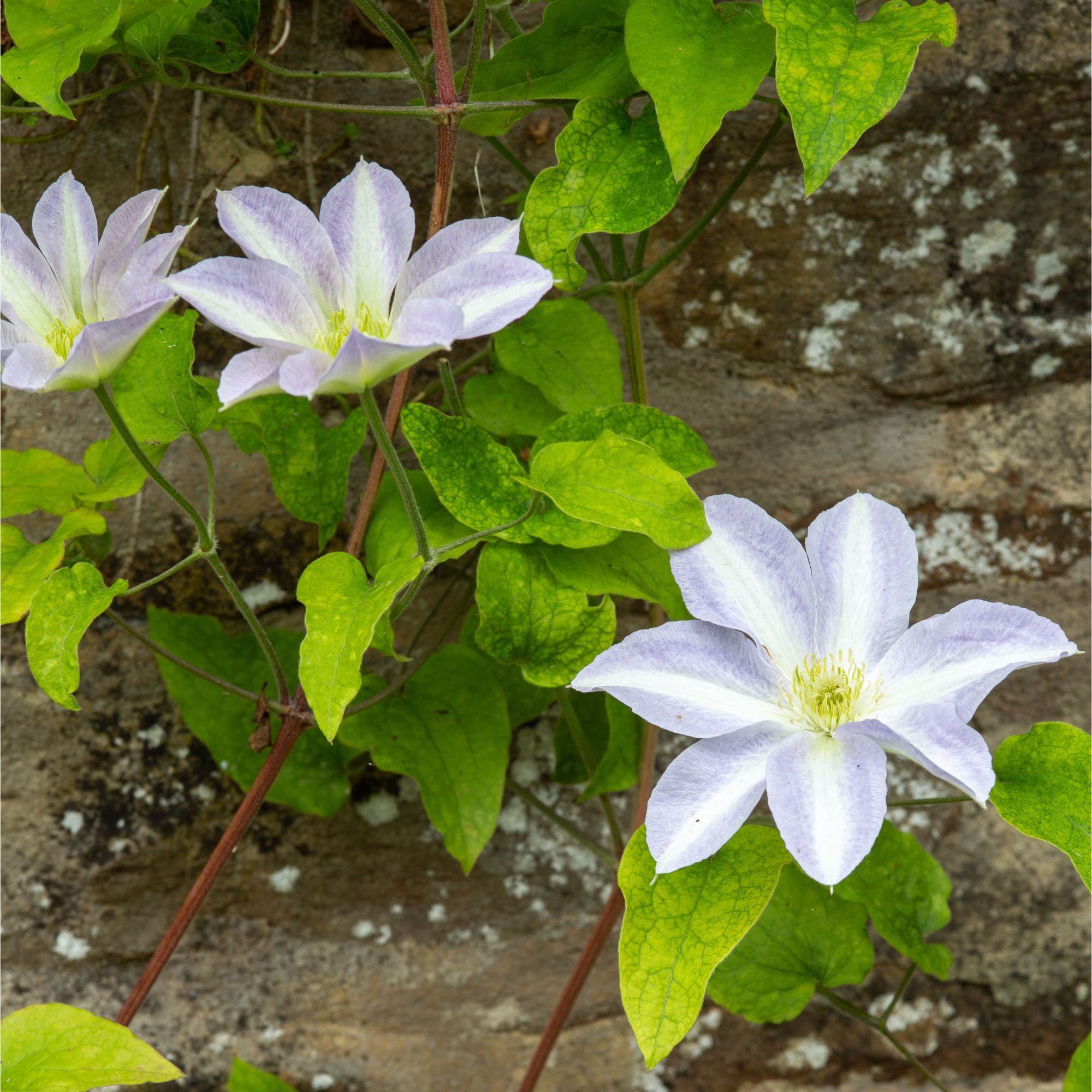
What you'll need
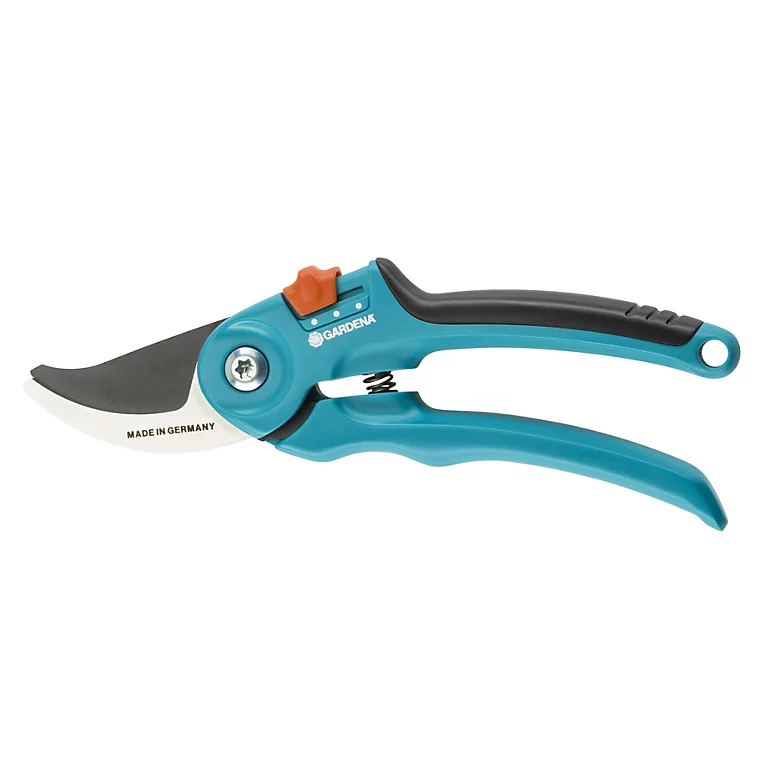

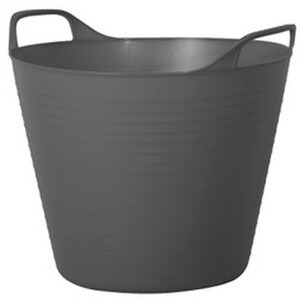
When to prune clematis in pruning group one
First up, we're focusing on pruning group number one. But how can you tell if your clematis belongs to this category?
'If your clematis flowers in winter or spring, it falls under pruning group one,' explains Lynne.
Sign up to our newsletter for style inspiration, real homes, project and garden advice and shopping know-how
So, winter and spring bloomers are what we're talking about here. The good news is that clematis in this group need very little maintenance.
'This type of clematis doesn’t really need to be pruned, but you could lightly trim any stems that look dead in the winter,' says Mark Dwelly, head gardener at Audley Villages.
'However, these tend to take care of themselves and bloom from last year’s growth, so they need minimal intervention.'

Mark Dwelly got into gardening after paying attention to green spaces when playing golf. He went to horticultural college and his career stemmed from there. After looking after the grounds of a private school, he then started at Audley Stanbridge Earls, looking after 32 mixed acres of woodlands, lakes and vast gardens. He since has been promoted to Head Gardener for the group.
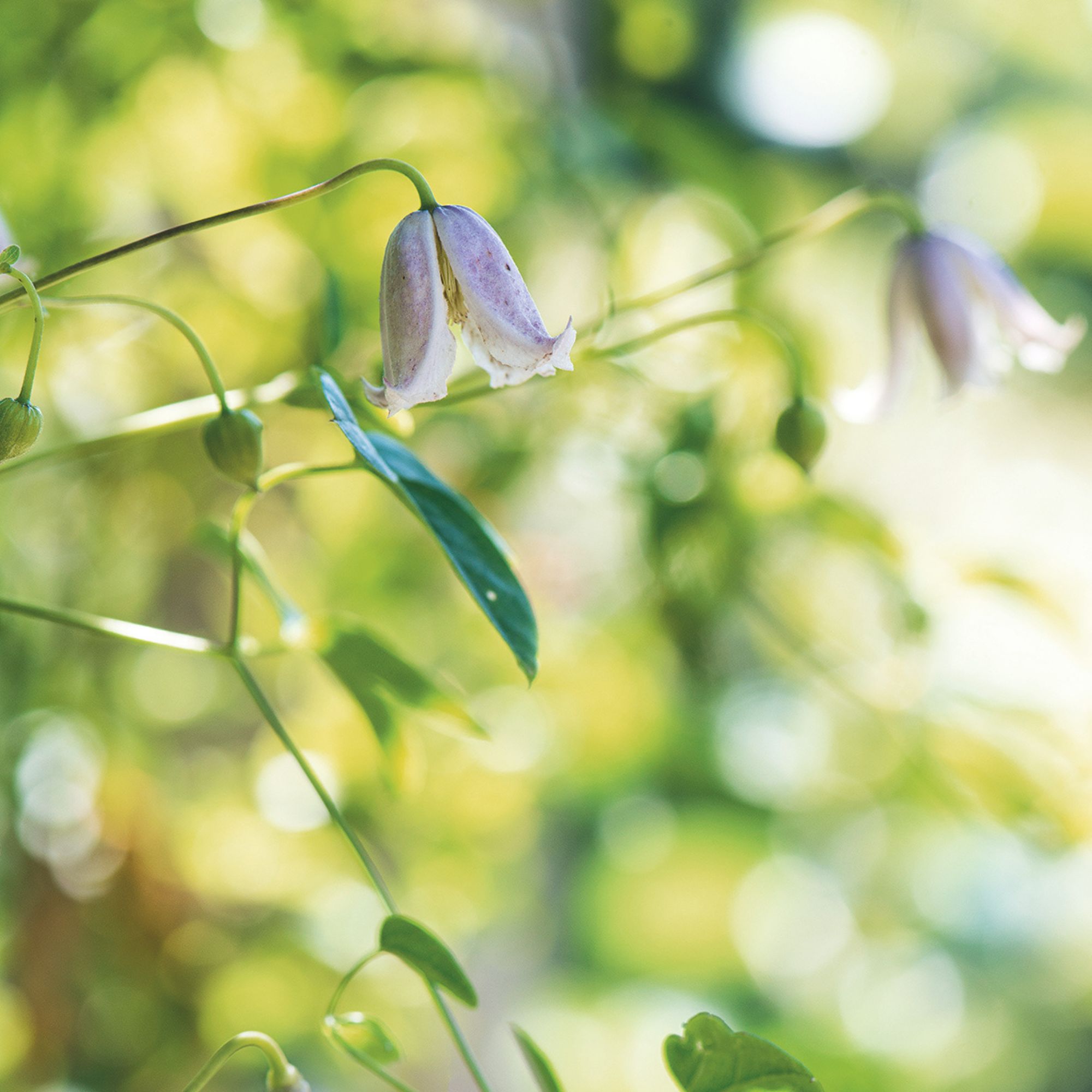
On the whole, though, you can get away with not pruning clematis in pruning group one.
'As a general guideline, if it flowers before June, avoid pruning,' Lynne agrees.
When to prune clematis in pruning group two
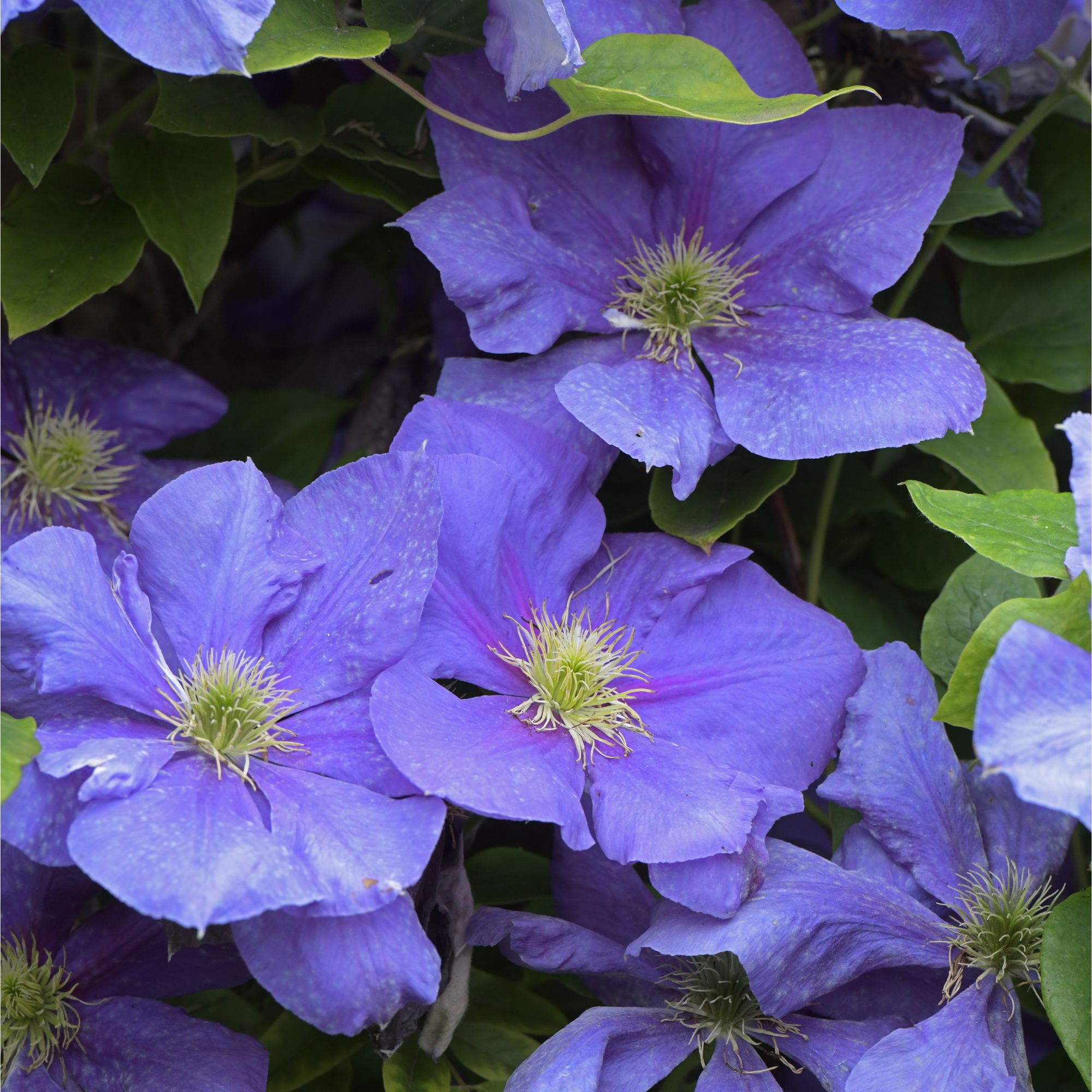
Next, we're looking at clematis in pruning group two. The clue here is the flowers themselves.
'If your clematis produces large flowers in early summer, it belongs to pruning group two,' says Lynne.
Like clematis in pruning group one, type two plants don't need a lot of pruning. But, there are benefits to giving them a trim if you do it at the right time.
'This type can also be left unpruned, but deadheading immediately after flowering and cutting back to a bud below the spent flower may promote additional blooms,' Lynne explains.
'In late winter (February), remove any dead or damaged stems and prune lightly using secateurs, working your way down from the top of each stem until you reach a healthy bud.'
When to prune clematis in pruning group three
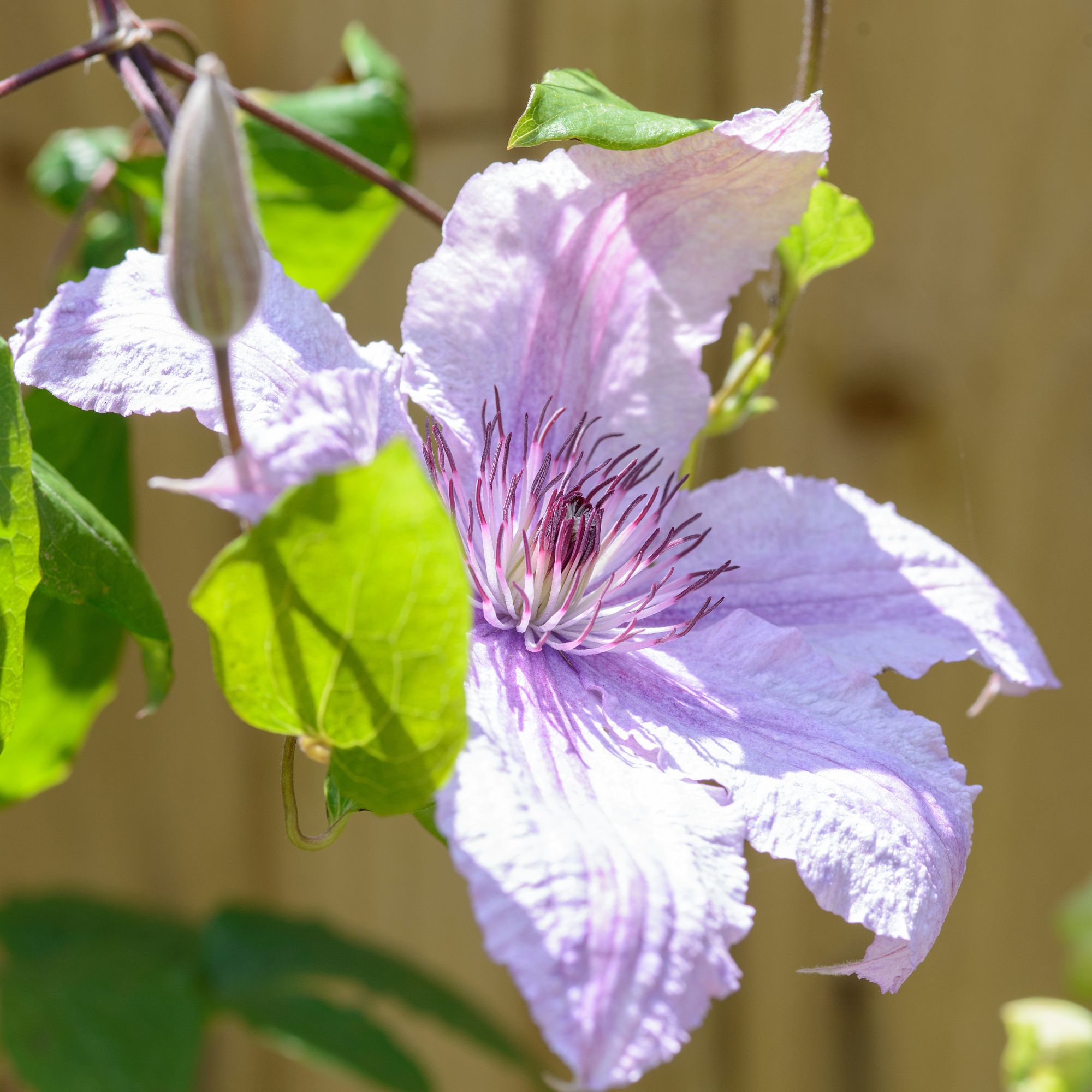
That brings us to clematis in pruning group three. Again, you'll need to look at when your plant flowers to determine whether it belongs to this category.
'If your clematis blooms later in the summer, typically in July or August, it belongs to pruning group three,' says Lynne.
This type of clematis tends to respond well to hard pruning.
'Type three clematis benefits from cutting the stems back quite drastically in late winter or early spring, so around February or March,' explains Mark. 'These grow best from new wood, so it’s important to trim them by about 30-40cm to promote healthy new flowers.'
If you're hoping to grow more vigorous plants, you can be a little strategic with your pruning technique. 'You can leave one or two stems unpruned to encourage flowers at varying heights,' says Lynne.
FAQs
What happens if you prune a clematis at the wrong time?
Knowing when to prune clematis is essential if you want your plant to flower well every year. Pruning at the wrong time could remove vital buds which would have turned into flowers, meaning you'll see little to no flowers during their blooming period.
Should you deadhead clematis?
Wondering whether you should deadhead clematis? Absolutely – in fact, deadheading can promote better flowering and even lead to a second flush of flowers.
Make sure you know which pruning group your clematis belongs to before you take out the secateurs – that way, you'll get the best out of the blooms each year.

Sophie joined the Ideal Home team as Gardens Editor in June 2024. After studying English at Royal Holloway, University of London, she began writing for Grow Your Own, which spurred on her love of gardening. She's tried growing almost every vegetable under the sun, and has a soft spot for roses and dinnerplate dahlias.
As Gardens Editor, Sophie's always on the lookout for the latest garden trend. She loves sharing growing hacks for every space, from herbaceous borders to balconies.